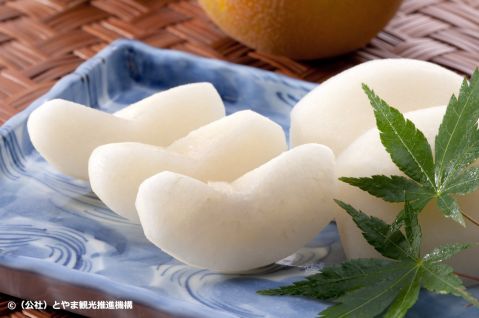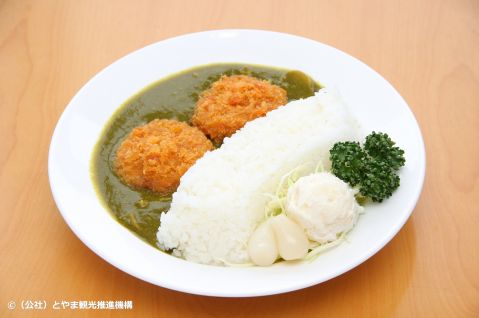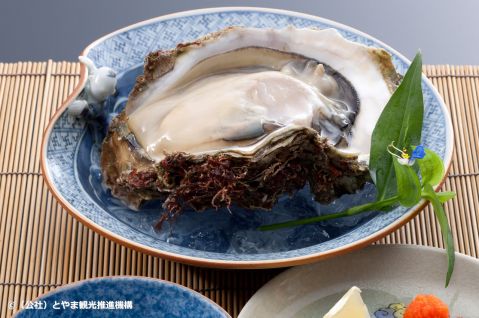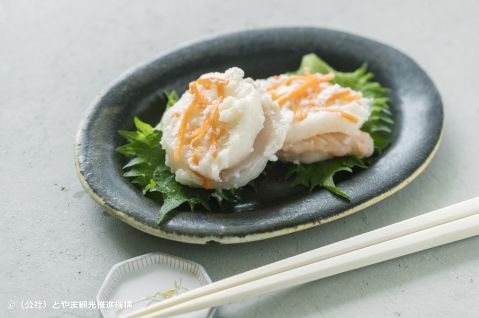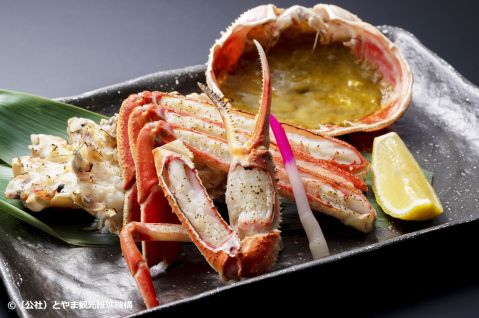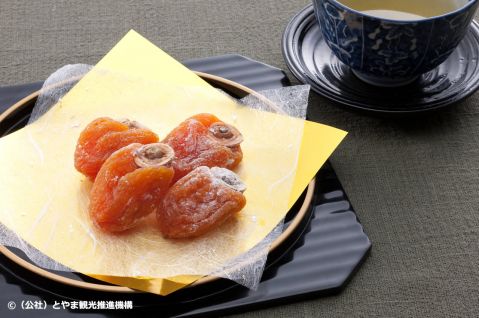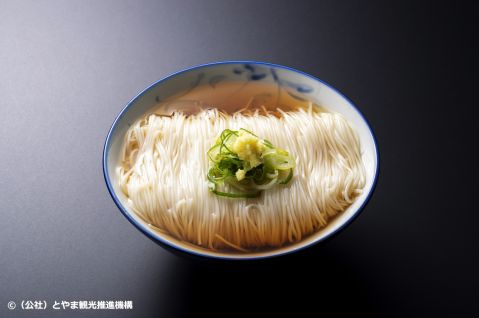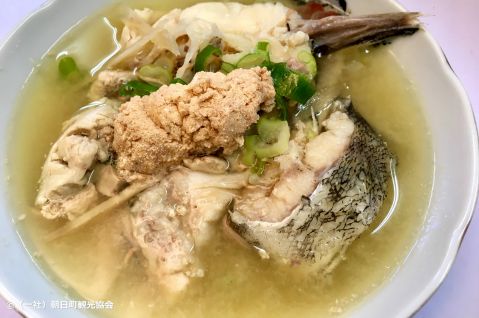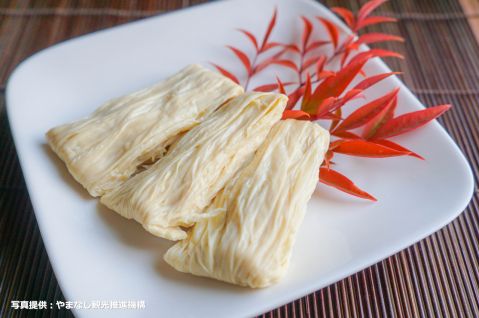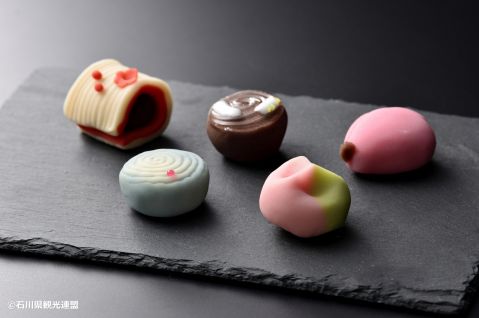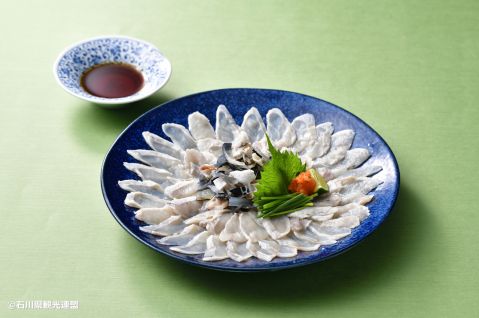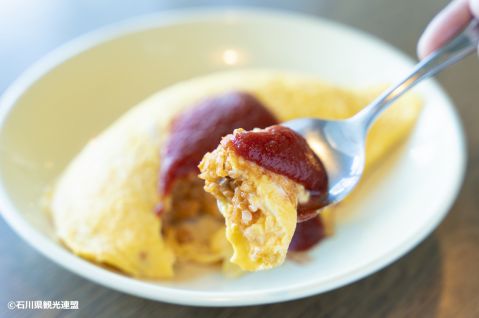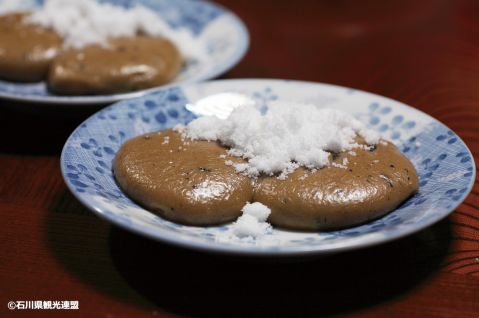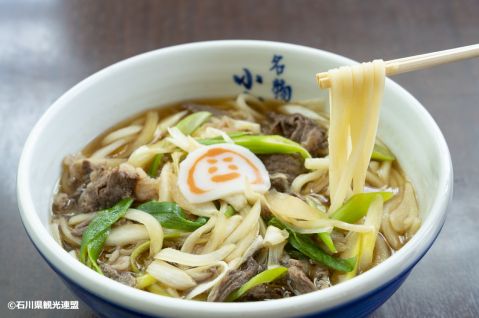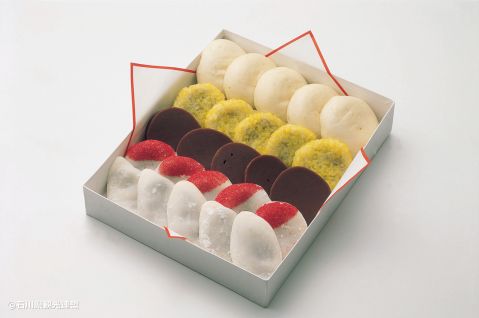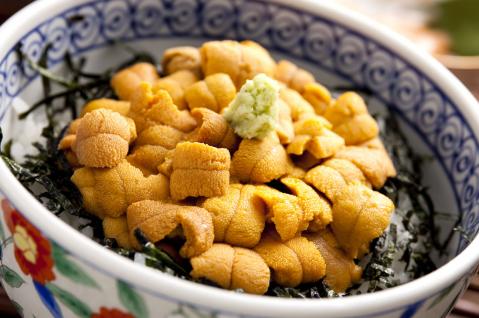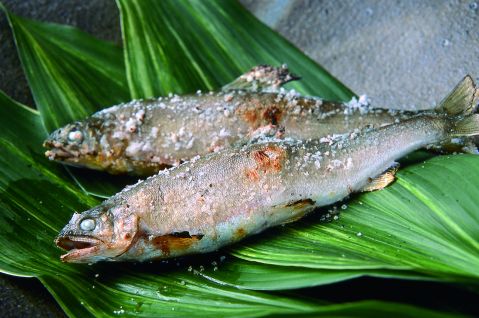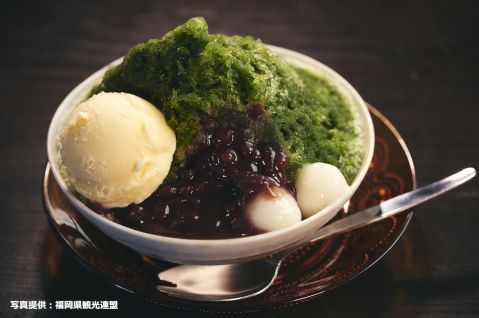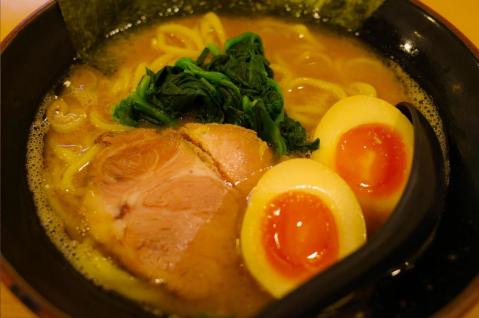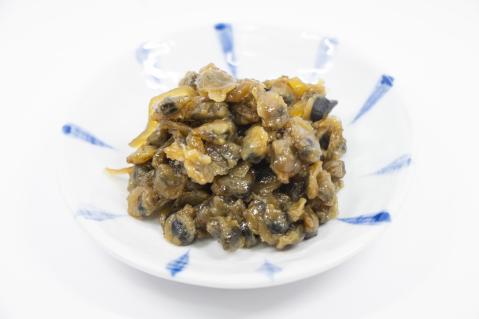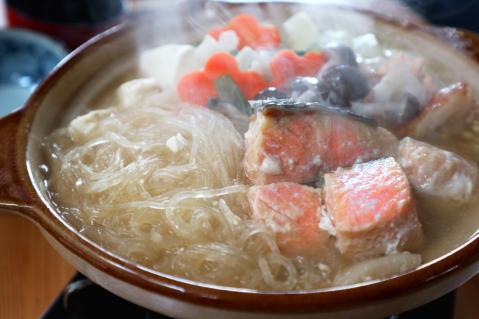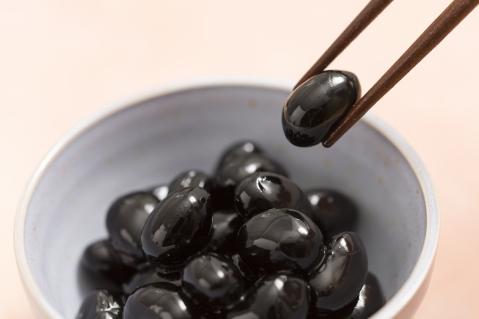Cooking Classes in Japan
airKitchen allows travelers from all around the world to book and experience authentic cooking classes. Chose your best cooking class from 1000+ classes.
Kureha Pear
The Kureha Pear (呉羽梨, Kureha nashi) is a premium brand of pears grown in the Kureha district, representing the best of Toyama Prefecture's produce. Unl...
Kombu-Jime
Kombu-Jime (昆布締め, kombu jime) is a dish that originated in the Edo period, combining kombu seaweed from Hokkaido, transported by merchant ships, with fis...
Kurobe Dam Curry
Kurobe Dam Curry (黒部ダムカレー, Kurobe damu kare) is a curry rice dish inspired by the iconic Kurobe Dam, a famous tourist destination in Toyama Prefecture...
Deep-Seawater Purified Oysters
Deep-Seawater Purified Oysters (深層水仕込カキ, Shinsou-sui Shikomi Kaki) are oysters purified and cultivated for over 24 hours using the Nyūzen deep-seawate...
Kabura-zushi
Kabura-zushi (かぶら寿し) is a type of fermented sushi made with salted turnips that are carefully sliced and stuffed with fish such as yellowtail (buri), th...
Red Snow Crab Dishes
Red Snow Crab (紅ズワイガニ, Beni Zuwai Gani) is a prized delicacy found in the depths of Toyama Bay, around 1,000 meters below the surface. This exquisit...
Toyama Dried Persimmons
Toyama Dried Persimmons (富山干柿, Toyama Hoshigaki) are a traditional delicacy made from a unique variety of persimmons grown in the former Fukumi and Johan...
Oiwa Somen
Oiwa Somen (大岩そうめん, Oiwa somen) dates back to the Muromachi period and was once considered a luxury delicacy, enjoyed exclusively in the imperial court...
Tara-jiru (Cod Soup)
Tara-jiru (たら汁, Cod Soup) is a traditional soup dish originating from Asahi Town, a picturesque area blessed with the North Alps and the scenic Jade Coast...
Nama Yuba (Fresh Soy Milk Skin)
Nama Yuba (生湯葉, fresh soy milk skin) is made by boiling and crushing soybeans to produce soy milk, then simmering the soy milk to create a delicate film o...
Wagashi (Traditional Japanese Sweets)
Kanazawa, a historic castle town, is celebrated as one of Japan’s top three regions for wagashi (和菓子, traditional Japanese sweets). Strolling through the ...
Wajima Fugu
Wajima City in Ishikawa Prefecture is home to Wajima Port, one of the region's leading fishing ports that brings in a rich bounty of seafood from the Sea of ...
Hodatsushimizu Omurice
Hodatsushimizu Omurice (宝達志水オムライス) is a new local specialty inspired by the birthplace of Shigeo Kitahashi, a French cuisine chef and the founder of...
Tochi Mochi
Tochi Mochi (栃もち, Tochi mochi) is a traditional delicacy from the Hakusan foothills, distinguished by its slightly brownish color and tiny dark specks. Hi...
Komatsu Udon
Komatsu Udon (小松うどん, Komatsu udon) is a local specialty from Komatsu with a legacy spanning over 300 years. It is known that the famous haiku poet Matsu...
Goshiki Manju
Goshiki Manju (五色饅頭, Goshiki manju) is a beloved specialty of Kanazawa and consists of five types of traditional Japanese confections bundled together. ...
Kind of food
Recommended
-
![Iki Sea Urchin Rice Bowl]()
Iki Sea Urchin Rice Bowl
Nagasaki / >Seafood -
![Salt-Grilled Ayu]()
Salt-Grilled Ayu
Miyazaki / >Seafood -
![Hone Kajiri]()
Hone Kajiri
Kumamoto / >Local cuisine -
![Yame Tea Sweets]()
Yame Tea Sweets
Fukuoka / >Local cuisine -
![Yokohama Iekei Ramen]()
Yokohama Iekei Ramen
Kanagawa / >Ramen -
![Shijimi Tsukudani (Seasoned Freshwater Clams)]()
Shijimi Tsukudani (Seasoned Freshwater Clams)
Shimane / >Local cuisine -
![Ishikari Nabe]()
Ishikari Nabe
Hokkaido / >Nabe dish -
![Simmered Black Soybeans]()
Simmered Black Soybeans
Kyoto / >Local cuisine

